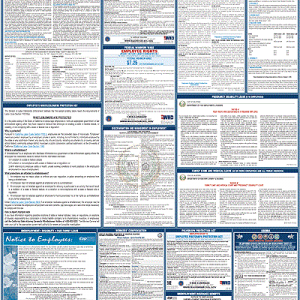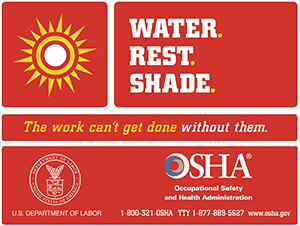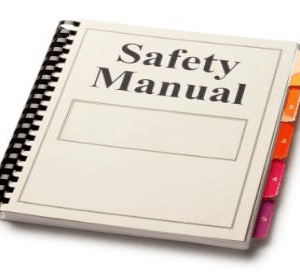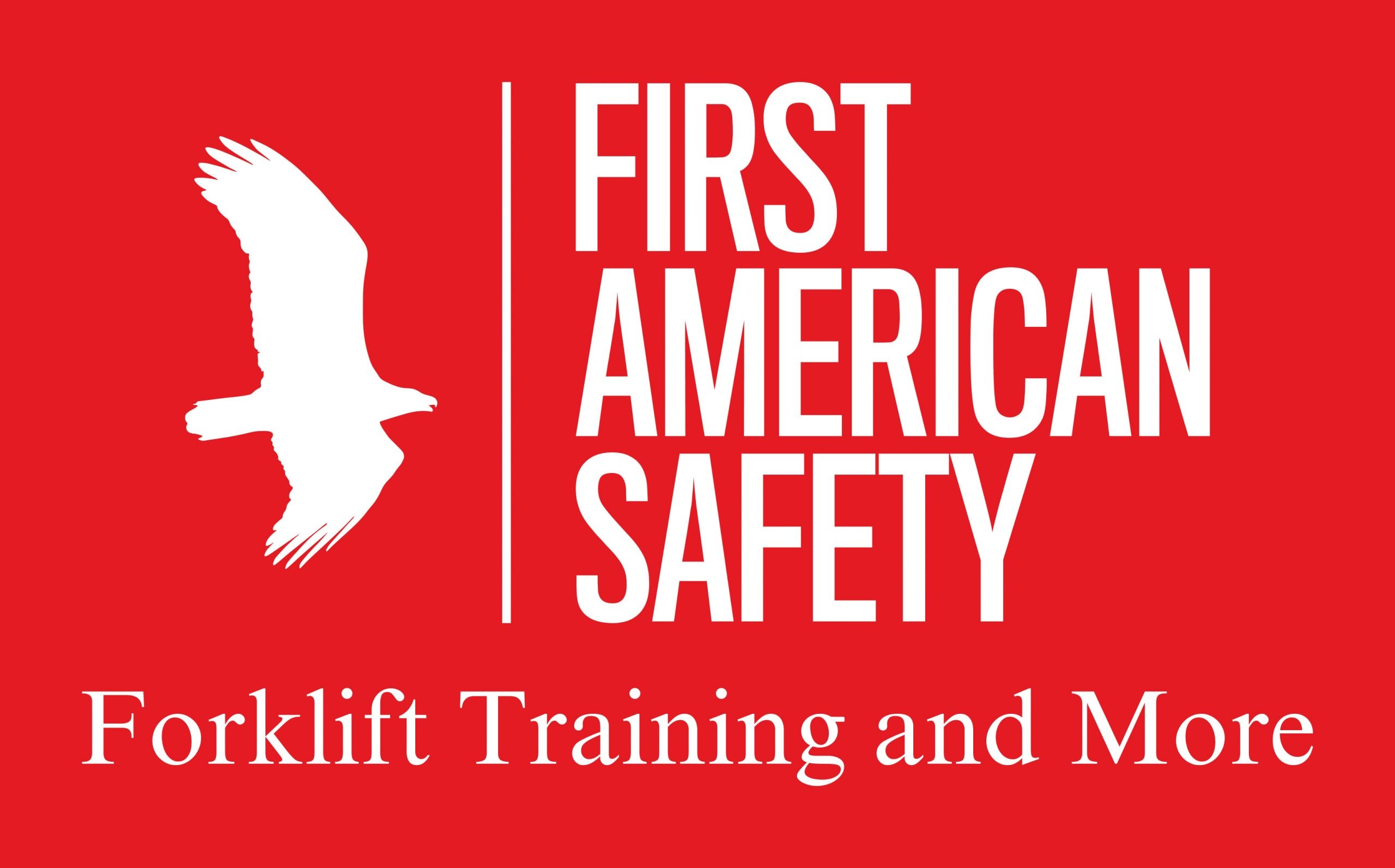Need some free safety meeting topics?
Grinder Stone Safety – A Quick Guide
Grinder Stone Safety Free Tailgate Safety Meeting Topic
-
 2025 Labor Law Poster State and Federal Combo$33.99
2025 Labor Law Poster State and Federal Combo$33.99 -
Product on sale
 Heat Illness Prevention PlanOriginal price was: $39.99.$29.99Current price is: $29.99.
Heat Illness Prevention PlanOriginal price was: $39.99.$29.99Current price is: $29.99. -
Product on sale
 Injury/Illness Prevention Program (IIPP)Original price was: $49.99.$39.99Current price is: $39.99.
Injury/Illness Prevention Program (IIPP)Original price was: $49.99.$39.99Current price is: $39.99.
Grinder stone safety is a crucial aspect of any workshop or construction site, ensuring the wellbeing of everyone involved. Bench grinders, a staple in metalworking and carpentry, require specific attention to their grinding stones. These stones, if not inspected and used properly, can pose significant risks. When a grinder stone breaks during use, it is like a small bomb blowing up in your face. It can result in severe injure or death to the operator and others standing nearby. This guide provides essential tips on inspecting, using safely, performing the ring test, and handling and storage practices for bench grinder stones.
Inspecting Grinder Stones: The First Step to Safety
Before using a bench grinder, inspecting the stone for cracks, chips, or other damage is imperative. Start by visually examining the stone for any noticeable defects. Look for any signs of wear or uneven surfaces that might suggest the stone is compromised. A damaged stone can disintegrate at high speeds, posing a severe safety hazard. Never use a damaged grinder stone. As part of your inspection, you should perform a ring test:
The Crucial Ring Test for Grinder Stones
The ring test is a simple yet effective method to check the integrity of a grinding stone before use. It is a critical part of grinder stone safety. To perform the ring test:
- Suspend the stone by using a piece of string or balance it on a screwdriver through the center hole.
- Gently tap the stone with a non-metallic object, such as a screwdriver handle, at various points around its circumference.
A clear ringing sound indicates a good stone, while a dull thud suggests a crack or damage. Never use a stone that fails the ring test, as it’s unsafe and likely to break apart when in operation.
Safe Use of Bench Grinder Stones
Adhering to safe usage practices when operating a bench grinder can prevent accidents and ensure longevity of the grinding stones. Here are critical tips for grinder stone safety during use:
- Always wear appropriate personal protective equipment (PPE), including safety goggles and gloves.
- Ensure the tool rest is adjusted close to the stone – ideally within 1/8 inch – to prevent workpieces from getting caught between the stone and the rest.
- Do not apply excessive pressure on the stone; let the tool do the work at its own pace to avoid overheating and potential damage.
- Never grind aluminum with the grinder. The aluminum will plug up the pores in the stone, causing it to build up heat during the work. This can lead to the wheel exploding while in operation.
- Stand to the side then starting the grinder. Let it run for a short time after it reaches full speed to ensure the stone can withstand the forces it experiences while spinning.
- Ensure you have the correct stone for the grinder you are using. If the grinder spins faster than what the stone is rated for, the stone may explode.
Handling and Storage: Preserving Your Grinding Stones
Proper handling and storage are vital to maintaining the condition and safety of your bench grinder stones. Always handle the stones carefully to prevent dropping or bumping them, which could introduce cracks. When not in use, store the stones in a dry, secure place where they are not at risk of falling or being subjected to other forms of physical stress.
By following these guidelines on grinder stone safety, including regular inspections, performing the ring test, adhering to safe usage practices, and proper handling and storage, you can ensure a safer working environment and extend the life of your bench grinder stones.
Here is a link to OSHA’s standards for abrasive wheel grinders.
